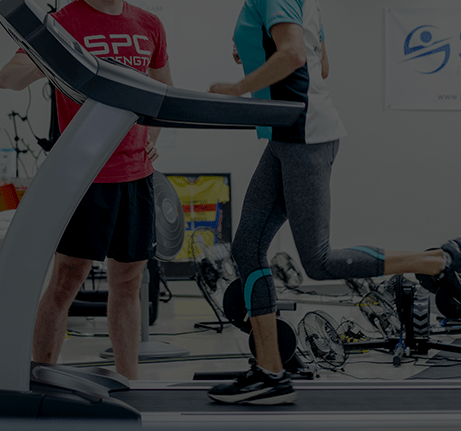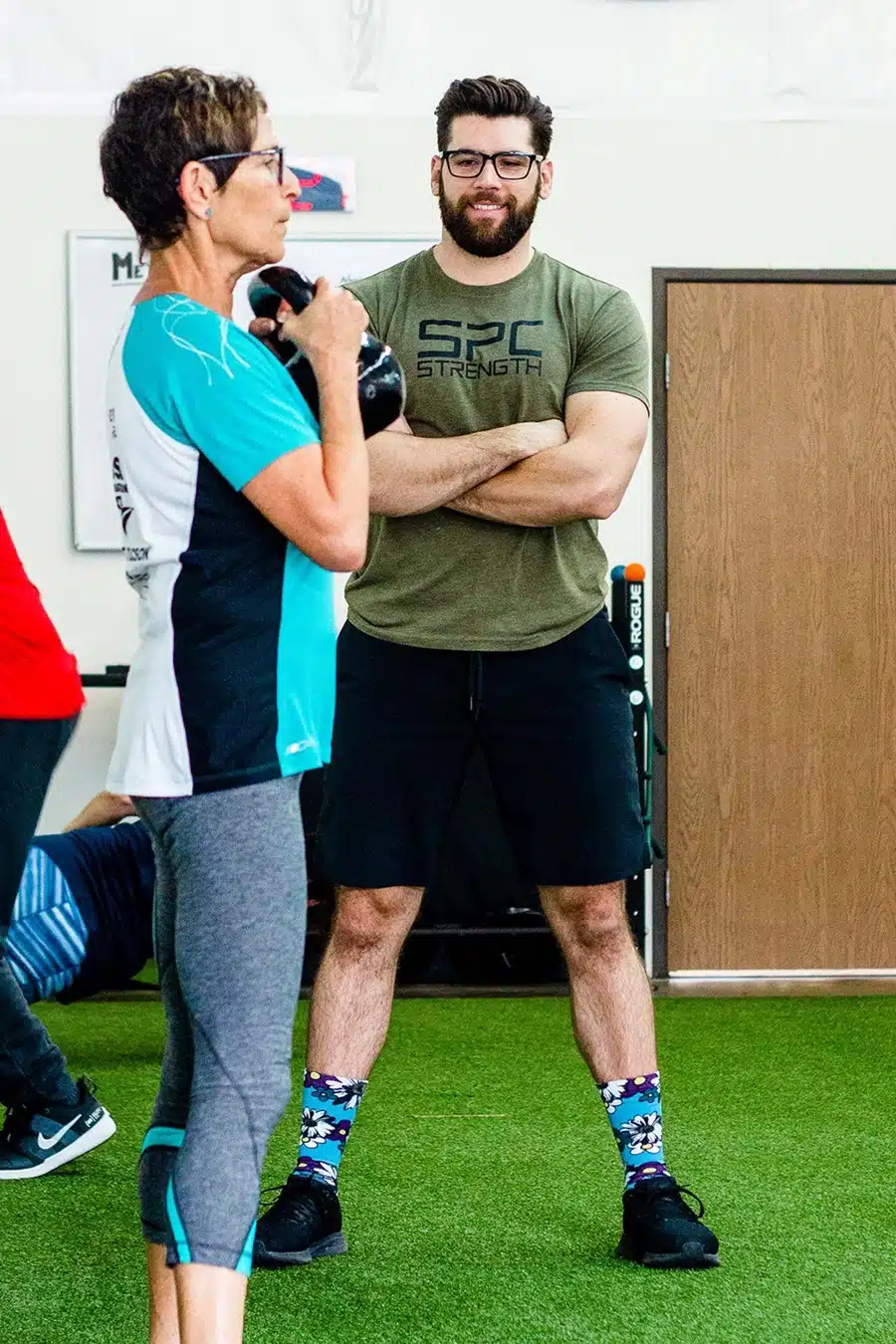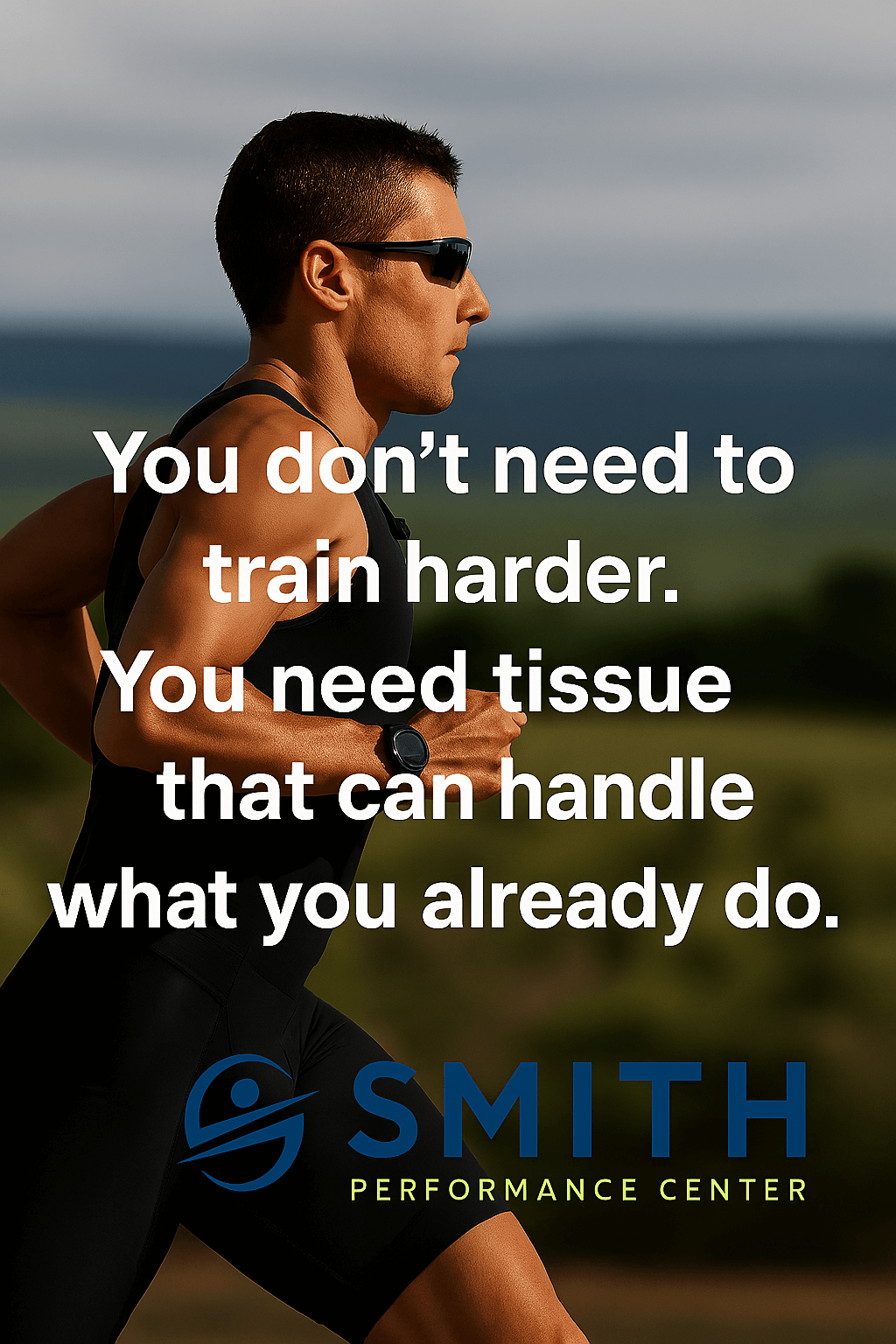A review of our publications and the impact on physical therapy, injury screening, and protocol
In the last few months, some of our research efforts in physical therapy, strength training, and injury screening have been published by the Journal of Strength and Conditioning Research and the International Journal of Sports Physical Therapy along with a commentary in the Journal of Sports Science and Medicine.
The publications were focused on jumping test performance and the underlying methods. These tests are useful in a full rehabilitation program to determine readiness for activity, however, even the best tests have limitations that need to be understood. There is no such thing as a perfect test but we can use a variety of tests to gain a more complete perspective. After a publication, it’s fun to look back at the results and figure out how to use them to improve the outcomes at Smith Performance Center, which is the major reason our team is involved this deeply in research.
Tuck Jump Assessment Research
Lininger, M. R., Smith, C. A., Chimera, N. J., Hoog, P. & Warren, M. Tuck Jump Assessment: An Exploratory Factor Analysis in a College Age Population. J Strength Cond Res 31, 653–659 (2017).
A factor analysis just sounds confusing.
Factor analysis is a useful tool to evaluate the psychometric properties of a test (testing the theory and construct of the test, including the validity and reliability). We used it to investigate the structure of the Tuck Jump Assessment which proposed a single composite score along with 5 categories for the 10 flaws. First, what is the Tuck Jump Assessment? An athlete is asked to perform a tuck jump continuously for 10 seconds. This is recorded from the front and side. The video is reviewed and the rater uses 10 flaw criteria to create a total score. If you demonstrate the flaw during the 10 seconds, you receive a 1. This is done for every flaw. All of the flaws are then added up so you can have a score ranging from a 0 (the best possible score) to a 10 (which means you are a walking ACL tear). I love this test because it makes you work surprisingly hard for 10 seconds.
The creators of the original Tuck Jump Assessment used their clinical and research experience to compile the list of 10 flaws associated with increased risk for a knee injury.
These 10 flaws were then grouped into 5 categories that described the neuromuscular deficit leading to these flaws. After scoring the Tuck Jump Assessment, a look at the total number of flaws or at the category with the most flaws will decide which neuromuscular deficit should be targeted first.
What did we find?
Our factor analysis did not fit these categories.
Instead, we found 3 categories, which we named Proximal Control, Fatigue, and Distal Landing Pattern. This changed how we target problems, which anecdotally has worked better.
Smith, C. A., Olson, B. K., Olson, L. A., Chimera, N. J. & Warren, M. Comparison of Female Collegiate Athletes and College Age Cohort in Tuck Jump Assessment: J Strength Cond Res 31, 1048–1054 (2017).
If you are not used to performing an activity, you automatically regulate your effort.
Meaning that a novel task like jumping as fast as you can for 10 seconds will result in you actually pacing yourself. The study design was fairly simple. Basically, we compared athletes to nonathletes’ performance on the Tuck Jump Assessment and counted how many jumps were performed in 10 seconds. No significant difference was found between the Tuck Jump Assessment scores in the athlete and non-athlete.
There was a large difference in the number of jumps.
Why does this matter?
For the Tuck Jump Assessment to work, full effort is needed because flaws become exposed.
There is less capacity to “jump perfectly” by focusing on technique and instead we see the real you come through (at least the real you as revealed by a 10-second jumping test). The number of jumps is critical because we may see improvement in the Tuck Jump Score, but really an athlete could be jumping slower and focusing on technique. In physical therapy, this ‘fake’ improvement is a real problem because it equates to a cognitive heavy load due to focusing on techniques like a true change in motor control, which it’s not. A patient is taught to jump perfectly, however, this never happens with high intensity because your cognitive processes become overloaded in complex, full-effort situations. The patient that gets tested during their last session at a sub-maximal level is unprepared for a real-life competition. They show adequate sub-maximal performance and never go all out. This allows for a type of cognitive heavy motor control strategy that is not possible in sports.
The result? A physical therapist clears an athlete who then immediately demonstrates a high-risk movement like knee valgus when they are going full throttle in a game.
A high-effort test like this may be able to get at that problem so issues get exposed before the full return to activity and sport.
Recent Publications
If you would like to read the abstracts or articles from our work in the past year, click on the linked text below.
Lininger, M. R., Smith, C. A., Chimera, N. J., Hoog, P. & Warren, M. Tuck Jump Assessment: An Exploratory Factor Analysis in a College Age Population. J Strength Cond Res 31, 653–659 (2017).







